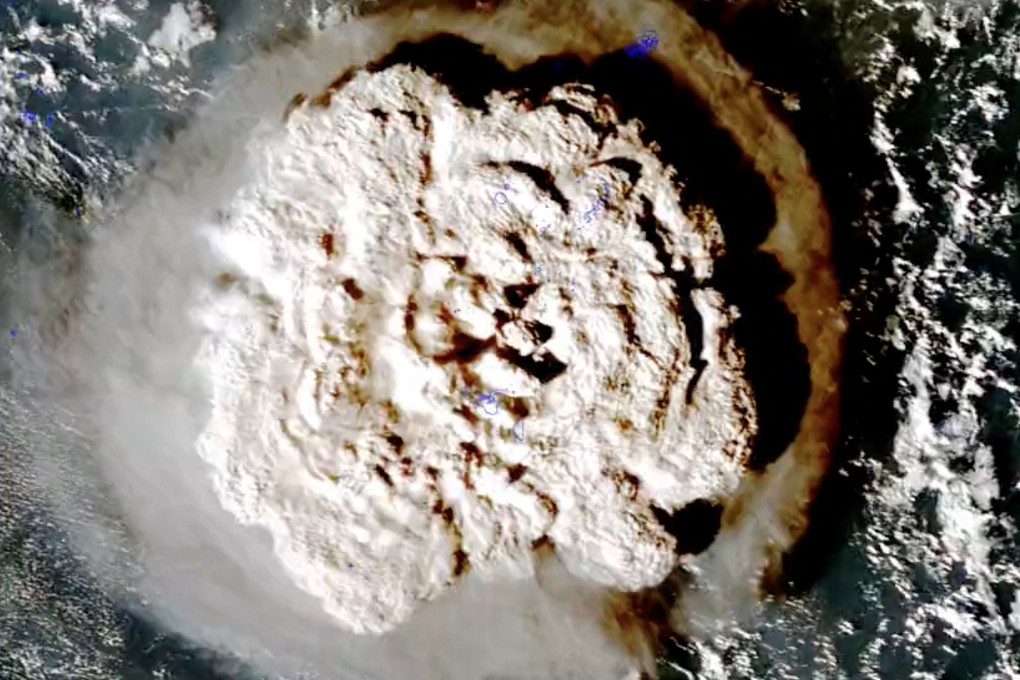Opinion | Why Tonga’s volcanic eruption was so violent, and what to expect next
- When hot magma rapidly blasts out of the ground and meets cold water, this ‘fuel-coolant interaction’ can be akin to weapons-grade chemical explosions
- Earlier eruptions at the Hunga islands could indicate the system was being ‘recharged’ for a once-in-a-thousand-years event like last week’s

The Kingdom of Tonga doesn’t often attract global attention, but a violent eruption of an underwater volcano on January 15 has spread shock waves, quite literally, around half the world.
The volcano is usually not much to look at. It consists of two small uninhabited islands, Hunga-Tonga and Hunga-Ha’apai, poking about 100m above sea level, 65km north of Tonga’s capital Nuku’alofa. But hiding below the waves is a massive volcano, around 1800m high and 20km wide.
The Hunga Tonga-Hunga Ha’apaii volcano has erupted regularly over the past few decades. During events in 2009 and 2014/15 hot jets of magma and steam exploded through the waves. But these eruptions were small, dwarfed in scale by the January events.
Why are the volcano’s eruptions so highly explosive, given that seawater should cool the magma down?
If magma rises into seawater slowly, even at temperatures of about 1200℃, a thin film of steam forms between the magma and water. This provides a layer of insulation to allow the outer surface of the magma to cool.

But this process doesn’t work when magma is blasted out of the ground full of volcanic gas. When magma enters the water rapidly, any steam layers are quickly disrupted, bringing hot magma in direct contact with cold water.